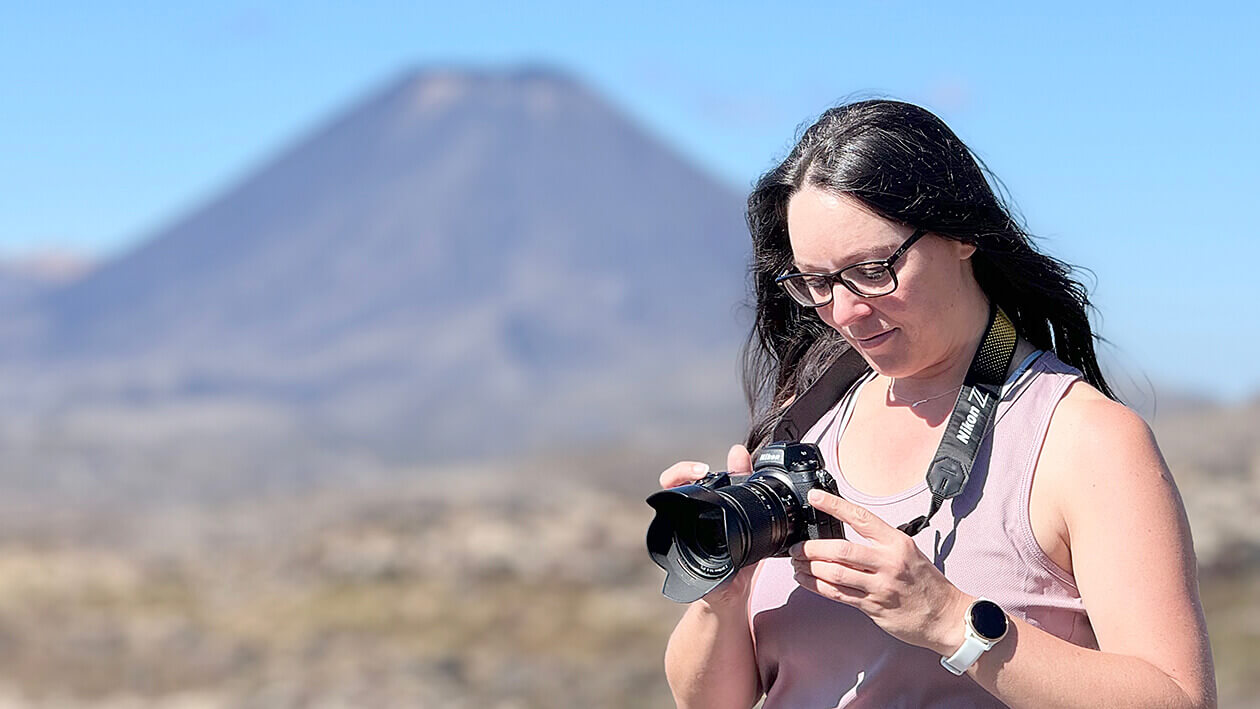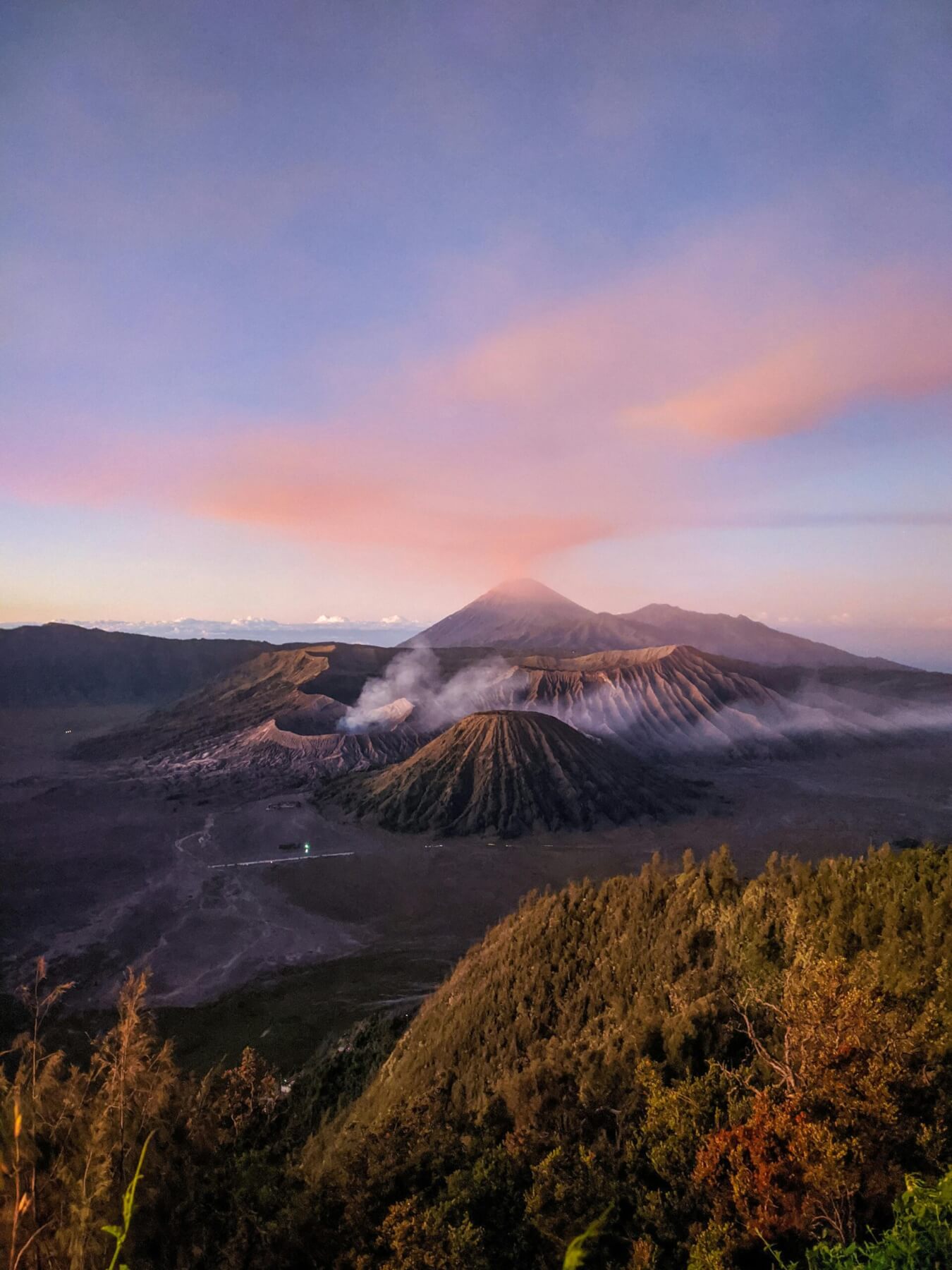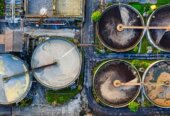As we are well aware, volcanoes erupt molten rock and volcanic gases released as magma rises from deep within the Earth. But what about mud volcanoes?
Like their magmatic cousins, mud volcanoes can also be dangerous and devastating. The Lusi mud volcano in East Java began erupting in 2006, displacing 40,000 people and destroying 15 villages, with damages estimated around $US3 billion. This disaster, which deposited mud up to 40 m thick in some areas, remains controversial, with drilling activities likely triggering the ongoing eruption.
So, how does this happen?

Janine Krippner checks her photo settings.
Below the Earth’s surface, pressures build pretty quickly the deeper we go. Fluids and gases can accumulate, become trapped, and pressurise. If a fault or fracture provides a pathway to the surface, these materials can escape. When sediments are involved, the result is mud.
The mud isn’t just typical post-rain mud. It can contain hydrocarbons, heavy metals, and even microbes brought up from depth.
While magmatic volcanoes don’t produce fire or smoke, mud volcanoes can. The muddy mixture can contain flammable gases that can ignite from sparks caused by rocks colliding.
This incredible phenomenon isn’t limited to land. In 2021, an inferno formed above a mud volcano in the Caspian Sea, located near a natural gas field. Mud volcanoes in Azerbaijan are known for their violent nature, with several large eruptions each year, many involving fire.
However, mud volcanoes aren’t always so dramatic. They can be quite small, starting at the centimetre scale and reaching up to kilometres in size.
You might be surprised to learn that New Zealand hosts mud volcanoes. In December 2018, one erupted on a farm in Tairāwhiti/Gisborne, ejecting mud, gas, and rocks. A volume of around 16,900 m³ of mud flowed away from the vent and out to about 160 metres.
Volcanoes of the mud variety often occur near hydrocarbon reservoirs, magmatic volcanoes, or tectonically active areas—settings where fluids are present, and conditions allow them to pressurise. Then they just need a path to the surface. Earthquakes can trigger their formation, which was the case for the 2018 Gisborne event.
Speaking of depth, the mud mixture can originate from hundreds of metres to several kilometres below the surface, not from the much greater depths where rock can melt.
Unlike magmatic volcanoes, mud volcanoes don’t form mountains. Magmatic volcanoes build mountains or cones by depositing layers upon layers of rock around one or more vents. Mud, being more susceptible to erosion, doesn’t accumulate to form large features. The largest mud volcano structure is several hundred metres in height over in Azerbaijan.
While I have a rather clear personal preference for the magmatic kind, mud volcanoes are fascinating geological processes that offer insights into the Earth’s subsurface dynamics. Given that we have them here in New Zealand—near Gisborne and also in Northland—they’re another remarkable aspect of our beautiful and dynamic country to appreciate.
For those interested in learning more about these phenomena, I recommend exploring the work of scientist Mark Tingay, who has shared informative videos and content online explaining their mechanics and global occurrences.

East Java. Photo by Dodyk K. pexels.com









